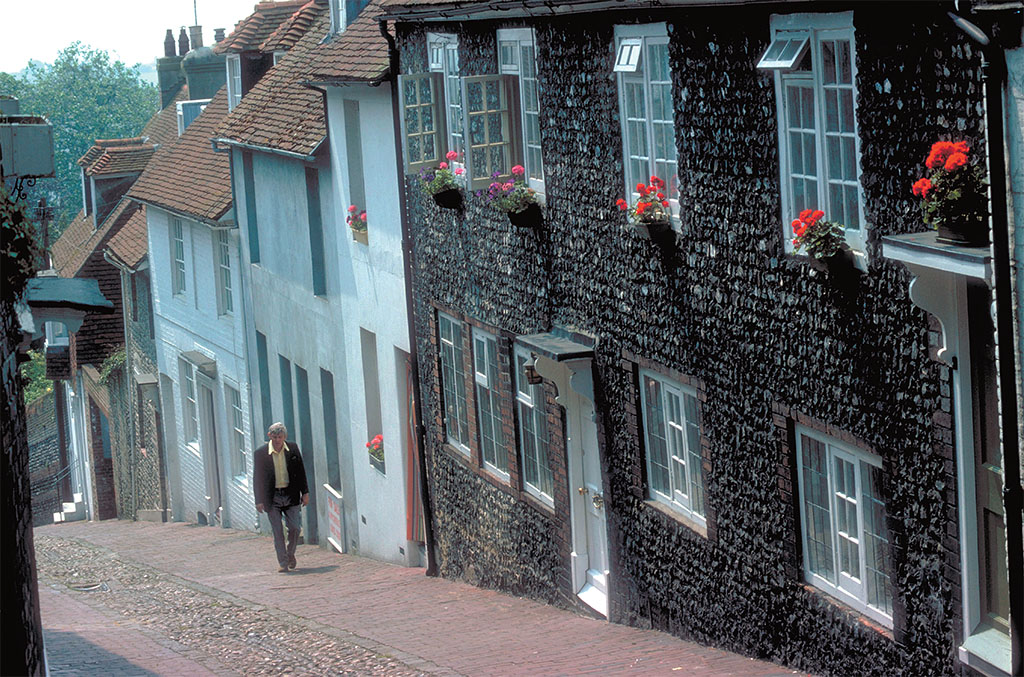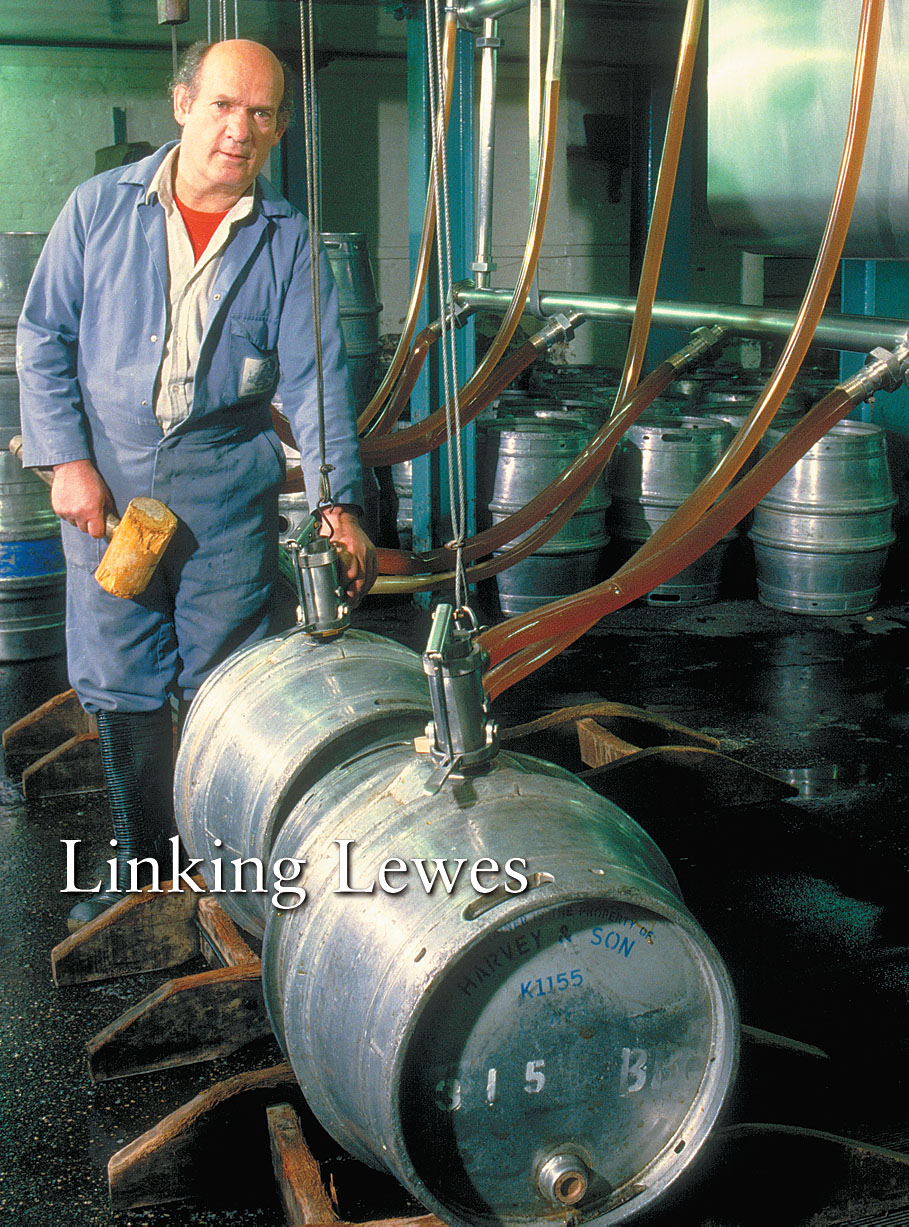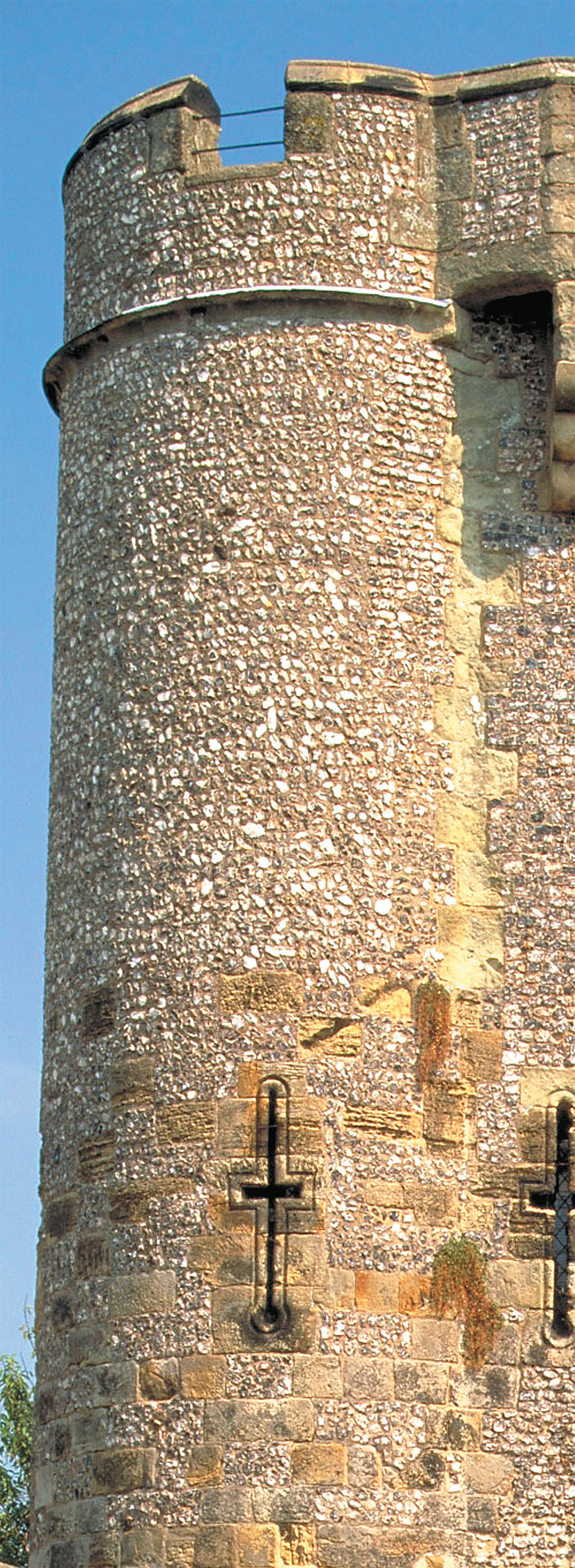
[caption id="ADaytoVisitLewesACommonSenseTown_Feature" align="aligncenter" width="1024"]

BRITAINONVIEW
It WAS A QUIET ACT of rebellion that started in the bottom of a beer glass and ended up in cyberspace. The Lewes Arms, a pub more than two centuries old, was for a few months in the spring of 2007 the center of consumer sedition that can only be toasted by those who want to stand against the ubiquitous, faceless chain pubs springing up all over the rest of England.
Regular drinkers at the pub, which lies a stone’s throw from the ruins of the town’s Norman castle, were aghast and horrified in December 2006 when Suffolk-based Greene King Brewing & Retailing Ltd. stopped selling beer produced by Lewes’ homegrown brewer, Harvey’s. Within days, attempts to overturn this move saw a Web site established devoted to the pub and its drinkers, with reports of the campaign carried by some of the most influential media in the UK. The efforts culminated with the departure of a senior Greene King executive and the return of Harvey’s ales to the pub.
When visiting the Lewes Arms, raise a glass to these drinkers as you quash the thirst worked up exploring this town nestling in the South Downs six miles from the English Channel.
Lewes is a compact town and can be easily enjoyed with a leisurely three-hour walk across a domestic-scale townscape mixing architecture from the 15th to the 21st centuries. It could be a quicker walk, but the geography that gave Lewes its name, from a Saxon word hluews meaning hills or slopes, means the town is laid out on a series of steep hills. This gave the town three distinct main streets, all at different levels. Walking along the highest, aptly named High Street, means you are looking down, physically and metaphorically, on the surrounding Sussex countryside.
The Lewes Arms rebellion was hardly Lewes’ first. Beer and sedition has had a long history in Lewes. In the 18th century, Thomas Paine worked as an excise officer in the town. Before finding fame in the United States and France for his revolutionary writings in Common Sense and The Rights of Man, Paine often was awarded a prize for being the “most obstinate haranguer” during debates at the Headstrong Club, a debating society that met at the White Hart Inn. Paine later agitated for higher salaries for his fellow Customs officers. For his trouble, he was dismissed and left the town for a new start in the British American colonies.
The White Hart is still going strong behind a superb Georgian facade. At its heart is a Tudor building brought into the 21st century with 53 bedrooms and a modern fitness center.
[caption id="ADaytoVisitLewesACommonSenseTown_img1" align="alignright" width="909"]

BRITAINONVIEW
‘Beer and sedition has a long history in Lewes’
It does not take long to realize that Lewes remains out of step with increasingly uniform British town centers. With the exception of a few modest chain stores, the town has kept out those mega-chain retailers that have brought a degree of sameness to much of the land. Instead, for shoppers and strollers, Lewes offers an impressive range of specialty shops, galleries and craft centers. It boasts auction houses as well as a wide selection of quaint antique shops in which to browse. The Old Needlemakers building in West Street is a 19th-century candle and needle factory now housing small, craft-based shops as well as a cafe that is busy throughout the day.
These newcomers mix easily with Lewes’ landmark brewing company, Harvey’s, which has been brewing beers for more than two centuries. Still privately owned by the seventh generation of the Harvey family, the brewery building is a heady mix of Georgian, Victorian and modern architecture. In 1984, when the second brewing line was completed, doubling capacity from 25,000 to 50,000 barrels a year, the expansion was sympathetically and cleverly constructed onto the front of the existing building. It merged with the Victorian Gothic design of the main brew house, right down to the arched ironwork windows.
THERE IS NO GETTING AWAY from the castle in Lewes. Unusual for a motte and bailey castle, Lewes Castle was provided with two mottes. Though it doesn’t loom over the town, thanks to modern buildings and tall trees, since construction started in 1087 its presence has shaped the town. From the castle’s high towers, which are open to the public, the view takes in both the ancient town and distant vistas of downs, river and forest.
In 2007 the UK’s Heritage Lottery Fund awarded Lewes Castle and Barbican House Museum £1 million to undertake improvements to the properties. CEO John Manley said: “This probably represents the biggest investment in Castle building in Lewes since the Norman Conquest. The money will allow us to upgrade many of our visitor facilities, and also make some of our displays more relevant to the town.”
There is a tangible souvenir that combines the beer and politics of Lewes. Visit Harvey’s store on Cliffe High Street and purchase Harvey’s Tom Paine Ale. A dryhopped strong pale ale would be perfect to toast the bicentenary of the writer’s death in 2009 and a pleasant day out in Lewes.
[caption id="ADaytoVisitLewesACommonSenseTown_img3" align="aligncenter" width="1024"]

BRITAINONVIEW
Linking Lewes
LEWES IS FULLY UP TO SPEED GETTING INFORMATION TO VISITORS THROUGH THE INTERNET. The official Tourist Information Centre is available at www.lewes.gov.uk/leisure/1497.asp. There is a good community Web site promoting the town’s events and resources at www.lewesonline.com. This has accommodation information, things to do and a visitors’ guide. A regular rail service operates from London Victoria, and the town is easily accessible from nearby Brighton.





Comments